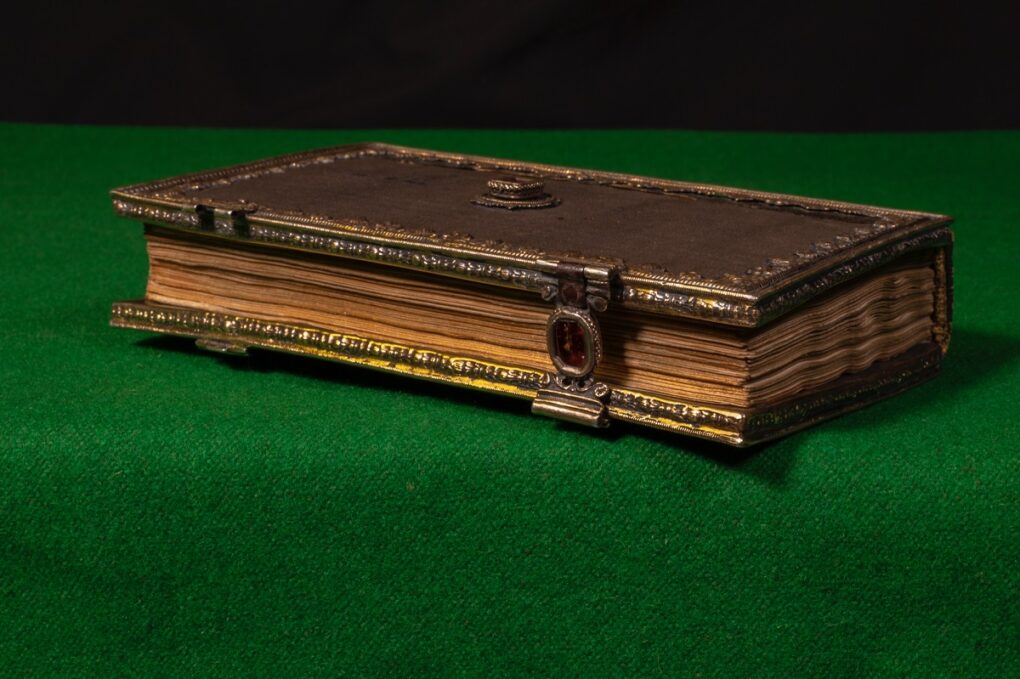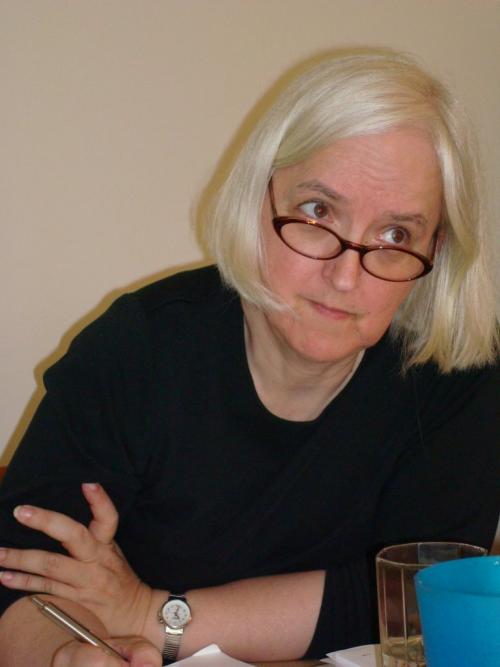Establishing Provenance in Eleven Links
Of Interest to the Humanities Community

Cambridge University’s Wren Library was in the spotlight during June for an exciting achievement in historical research and provenance. A team of curators and historians were able to fully document the ownership of a 1527 Book of Hours, connecting the physical artifact held in the library with its historical owner, Thomas Cromwell, statesman, lawyer and chief minister to Henry VIII. The book is included in a portrait of Cromwell painted by Hans Holbein in honor of Cromwell’s appointment as Master of the Jewel House. The Book of Hours has been digitized by the Library. The portrait itself is held in the Frick Collection in New York City.
The work of Kate McCaffery and Alison Palmer, curators at Hever Castle and Dr. Owen Emmerson, Historian, Hever Castle was initially announced by the magazine, Fine Books & Collections. A thread by Kate McCaffery expresses her excitement over the significance of the discovery and some specifics as to how it came about. The Hever team had been planning a forthcoming exhibit of possessions belonging to Henry’s first two wives, Catherine of Aragon and Anne Boleyn, when the similarity between their royal prayer books and the one included in the Cromwell portrait was noticed. The Hardouyn Hours (as these have been called) came from French brothers, Gilles and Germain Hardouyn, printers who specialized in productions of such devotional aids. (These specific books were printed around 1527, but definitely prior to Henry VIII's break with Rome.) Further physical details about the Book of Hours may be found in Art Net News.
Dr. Emmerson narrates a brief YouTube video here. Additional coverage by the BBC provides further details. The book was willed by Cromwell to his private secretary, Ralph Sadleir and ultimately donated to the library by Dame Anne Sadleir, a relative by marriage.
The Getty Research Institute indicates the real value of establishing provenance is that it “provides a documented history that can help prove ownership, assign the work to a known artist, and establish the work of art's authenticity.”
